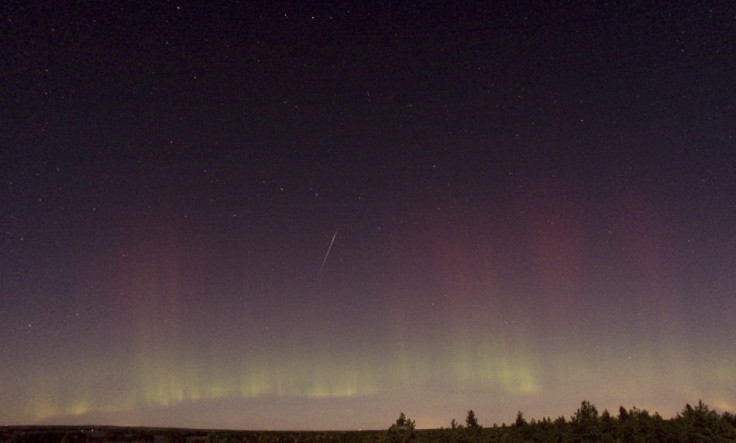Watch shooting stars illuminate the sky during the Draconid meteor shower
On 7 October, the celestial event will be observed by astronomy enthusiasts around the world.

On Friday 7 October, astronomy enthusiasts around the world will be able to watch the elusive Draconid meteor shower in the night sky. While most other meteor showers are best seen well after midnight, the best time to capture the Draconids is between sunset and midnight because this is when the Draco constellation is at its highest point in the sky.
Meteors are space rock such as comet debris that enter the Earth's atmosphere and are made extremely hot due to the resistance of the air – they appear to our eyes as "shooting stars". When our planet encounters many meteors at once, we talk of a "meteor shower". This tends to occur when Earth's orbit crosses the orbit of a comet, encountering debris left by the comet.
This is what happens during the Draconid Meteor shower. The celestial event occurs each year in early October, as the Earth passes through a stream of debris left from Comet 21/P Giacobini-Zinner – a comet known to orbit the Sun once every 6.6 years.
Typically, observers are only able to see 10 to 20 meteors an hour, which corresponds to a modest meteor shower. However, in 1933 and 1946, the astronomical phenomenon was more impressive: thousands of meteors were seen per hour, turning the shower into a storm.
To know more about the Draconid meteor shower – such as best ways to watch, how to capture the meteors on DSL cameras and details about the Comet 21/P Giacobini-Zinner – viewers can catch a live broadcast of the meteor shower on Slooh, or watch it below:
-
The event will start at 08:00PM ET on 7 October (that's 01:00 AM UK time on 8 October). Several low light cameras installed at Slooh's observatory in the Canary Islands will live stream the event while viewers also learn more about the Draconids with Slooh astronomers.
Viewers who wish to ask questions can send them using @Slooh on Twitter, or the live chat on Slooh.com.
© Copyright IBTimes 2025. All rights reserved.






















